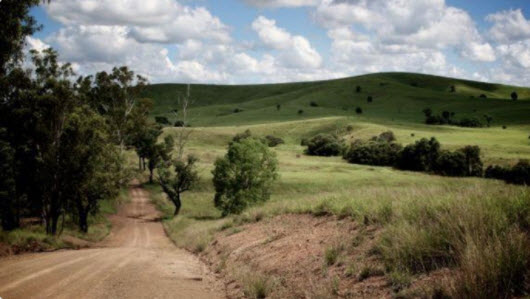Whole ecosystem improved by holistic approach to grazing
by Eleanor @ Framework,

Theme: Environmental Stewardship
Priority: Minimise nutrient and sediment loss
Producer: Brett Hall
Location: Oatlands, Tasmania
“The amount of organic matter in the soil is a key factor for water retention. To achieve this aim, we need to maximise the amount of perennial grasses to pump as much CO2 out of the atmosphere as possible to increase the organic matter content in the soils”.
KEY POINTS
- Holistic approach to grazing improves ecosystem
- Innovative adoption of new ideas allows for land management strategies to be better catered to environment
Brett Hall works with nature at his Oatlands property in Tasmania in operating his traditional livestock grazing operation, and doing so has restored the landscape to a more sustainable, resilient and diverse ecosystem.
In working with the nature, he chooses his land management regime according to the environment. This includes constructing 40km of permanent fencing to create over 50 new paddocks to enhance the rotational grazing of the livestock, fencing according to land type (particularly protecting north facing slopes from overgrazing), animal exclusion fencing to reduce pasture browsing damage, the creation of shelter belts and reserves to encourage native vegetation regeneration.
Brett innovates and tests out multiple ideas to find the ones that work for him and his farm. “The only thing that is constant is change and we have kept trying to improve our management practices and skills to adapt to customer preferences and climatic conditions," Brett says.
“The latest climate modelling for our area predicts that our rainfall will rise by 10% annually, with increased autumn rains and a 30% increase in the number of runoff events, so we need to keep improving the lands’ ability to absorb and hold water.
“The amount of organic matter in the soil is a key factor for water retention. To achieve this aim, we need to maximise the amount of perennial grasses to pump as much CO2 out of the atmosphere as possible to increase the organic matter content in the soils.”
Brett’s commitment to the land is in line with the ancient Aboriginal cultural beliefs: “We don’t really own the land but we are responsible for caring and maintaining it for future generations”.
Categories: Environmental stewardship